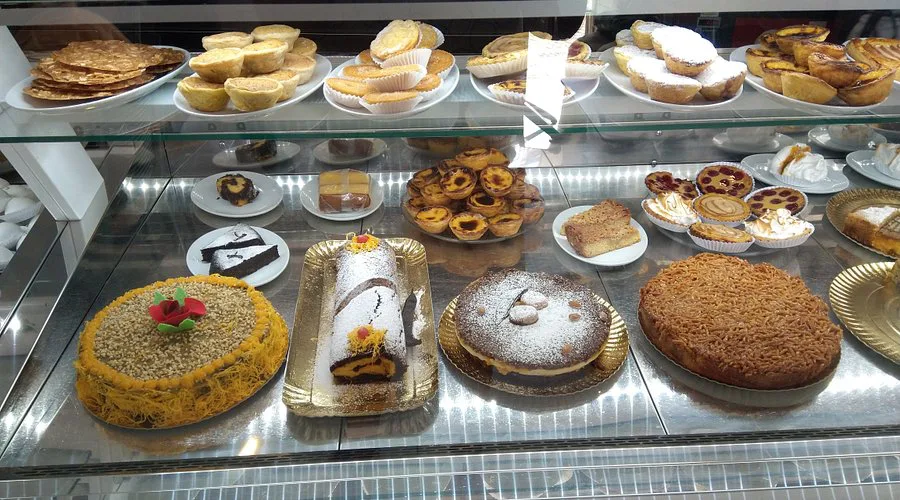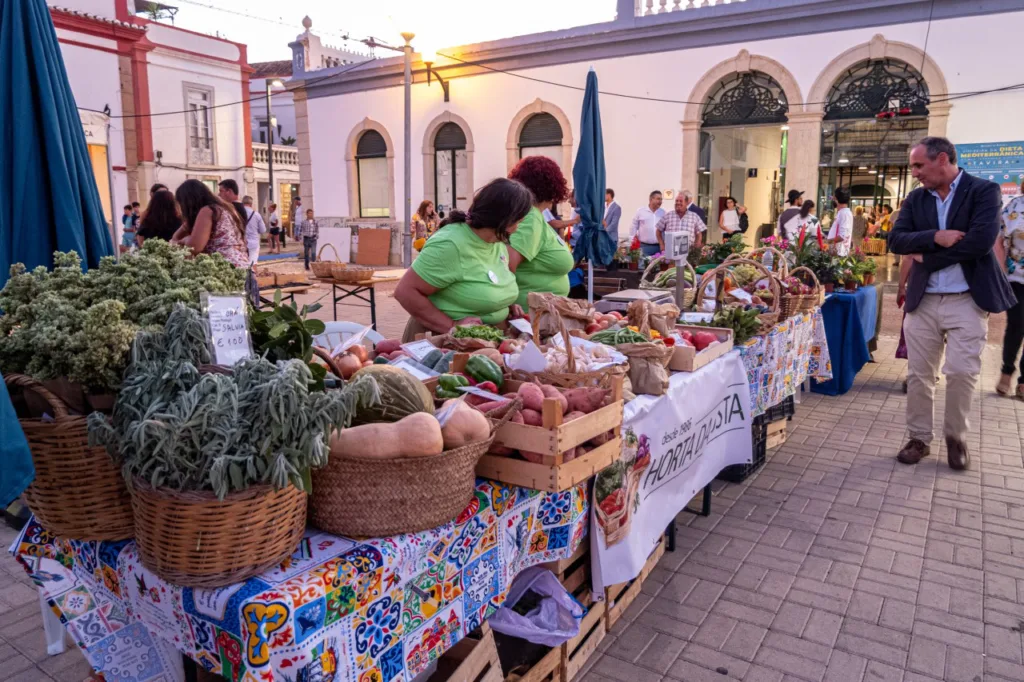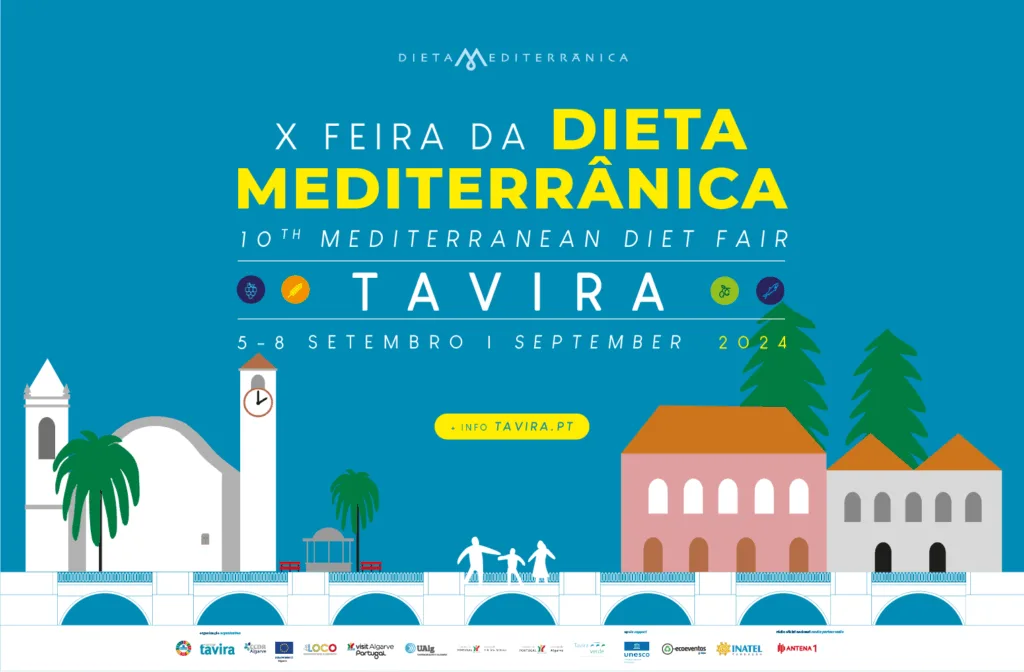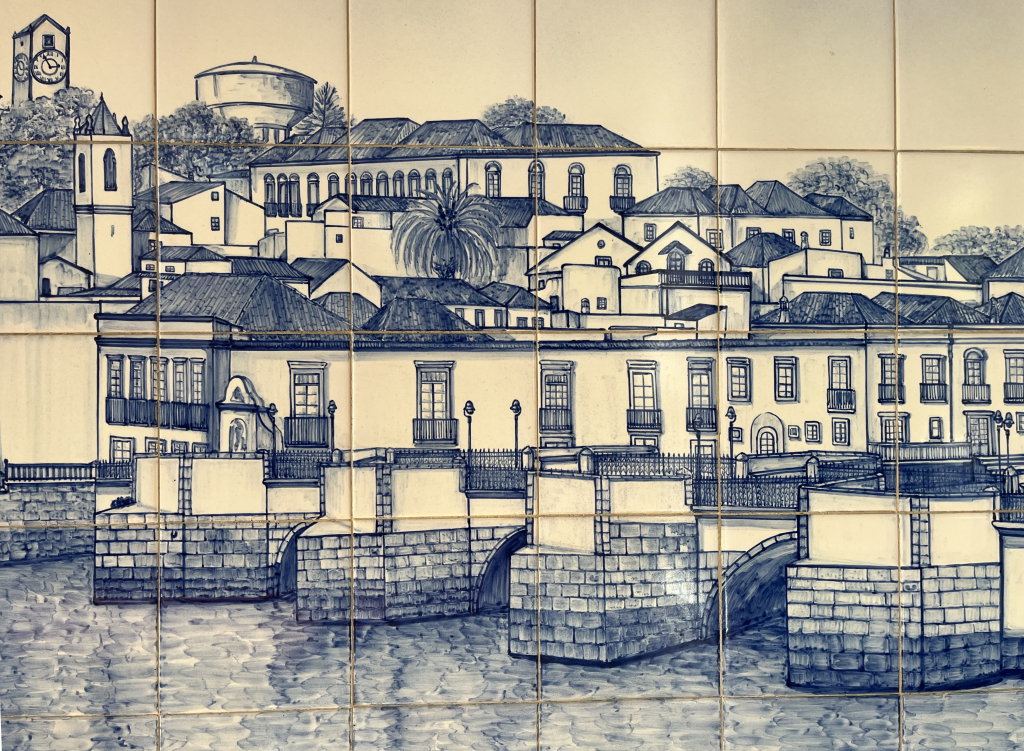Tavira invites you to slow down. Its history doesn’t demand attention, but you’ll find it everywhere — in the stones underfoot, the faded tiles on old façades, and the calm rhythm of daily life.
🐚 8th century BC – Phoenician Foundations
Long before Tavira had its name, Phoenician traders from the Eastern Mediterranean settled near the calm estuary of today’s Gilão River. They brought knowledge of navigation, trade, and metalwork — leaving behind pottery fragments and hints of the first structured community in the Algarve. This was the seed of urban life in the region.
🏺 1st century BC – The Roman City of Balsa
A short walk from today’s Luz de Tavira lies the buried Roman city of Balsa . Once a thriving town with baths, villas, and a forum, Balsa connected the Algarve to Rome’s vast empire. Though most of it lies unexcavated, archaeologists have confirmed its importance — and many believe Tavira itself grew from Balsa’s slow disappearance.
🌙 8th–13th century – The Moorish Era
With the arrival of the Moors, Tavira took on a new rhythm — winding streets, irrigation canals, and the famous Moorish waterwheel systems still visible today. The castle was fortified, the town expanded, and citrus groves flourished. Tavira’s name likely stems from this era, echoing the Arabic influence that shaped its soul.
✝️ 1242 – The Christian Reconquest
Tavira was reconquered by Portuguese forces led by Dom Paio Peres Correia. Churches were built on mosque sites, including the Igreja de Santa Maria , still a central landmark. The shift from Moorish to Christian rule left its mark in architecture, ritual, and urban planning.
⚓ 15th–16th century – The Age of Discoveries
Tavira became a key port for ships sailing to Africa and the Americas. Salt, dried fish, and Algarve wines were shipped abroad. This was a time of wealth and ornament , reflected in the elegant Manueline windows, baroque churches, and noble houses that still grace the old town.
🌊 1755 – Earthquake and Rebirth
The great Lisbon earthquake caused damage even here. Tavira’s castle lost its defensive strength, but the town was largely spared compared to Lisbon. It rebuilt slowly, with 18th-century tiles and facades that today give Tavira its unique faded elegance.
🎣 19th–20th century – Tuna, Salt & the Sea
Fishing shaped daily life, especially tuna fishing using the almadrava method , a legacy from earlier civilizations. Tavira was also a hub for salt production, with saltpans still glistening today. Modest prosperity came through industry and trade.
☀️ Today – Tavira, Then and Now
Tavira has found its balance. The past lives on in salt pans, tiled rooftops, and quiet ruins, while the present brings visitors, fresh design, and a relaxed lifestyle. It’s not a museum — it’s a lived-in town, and that’s part of its magic.







